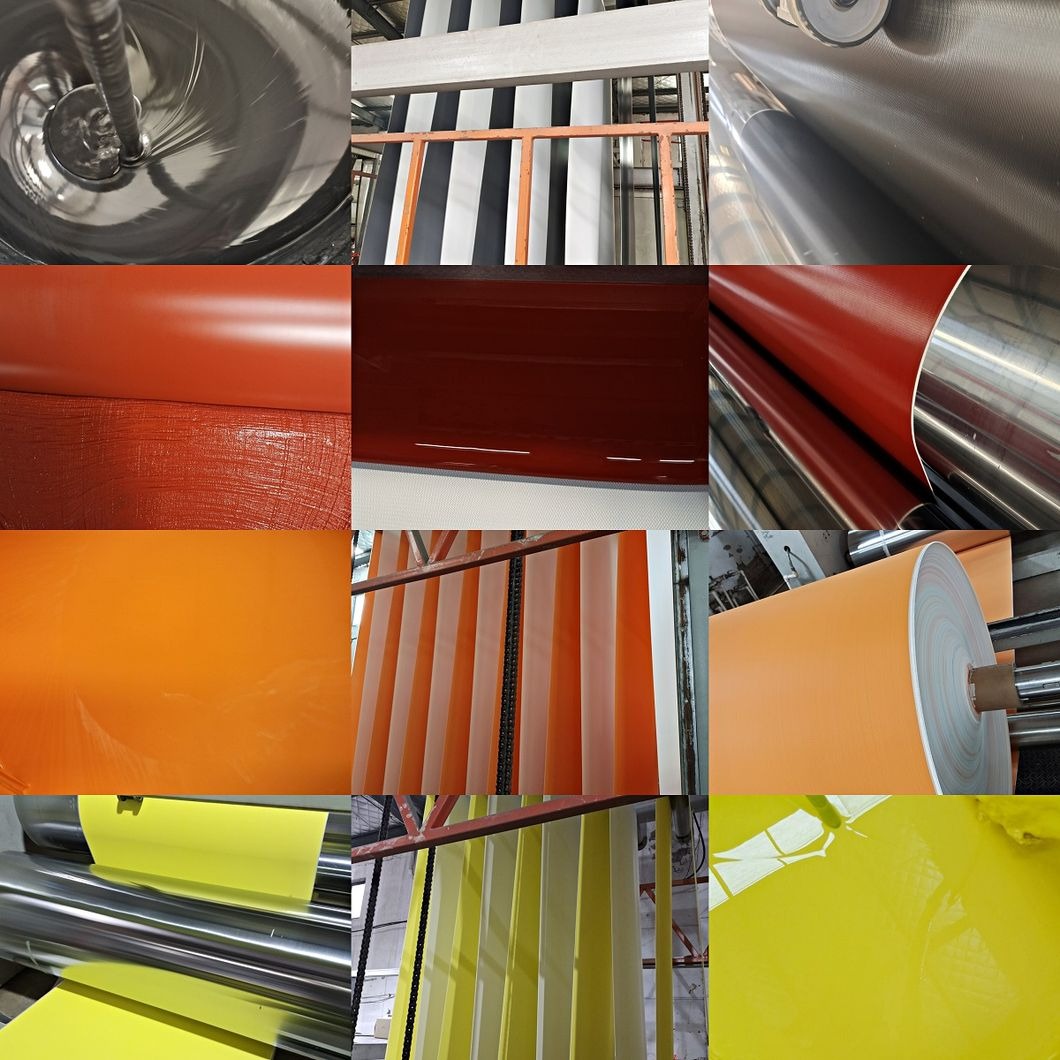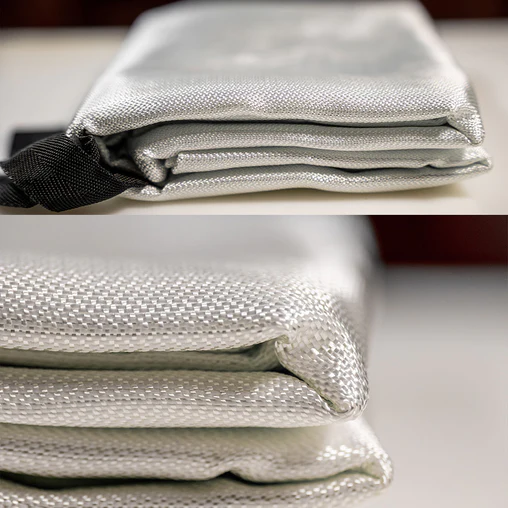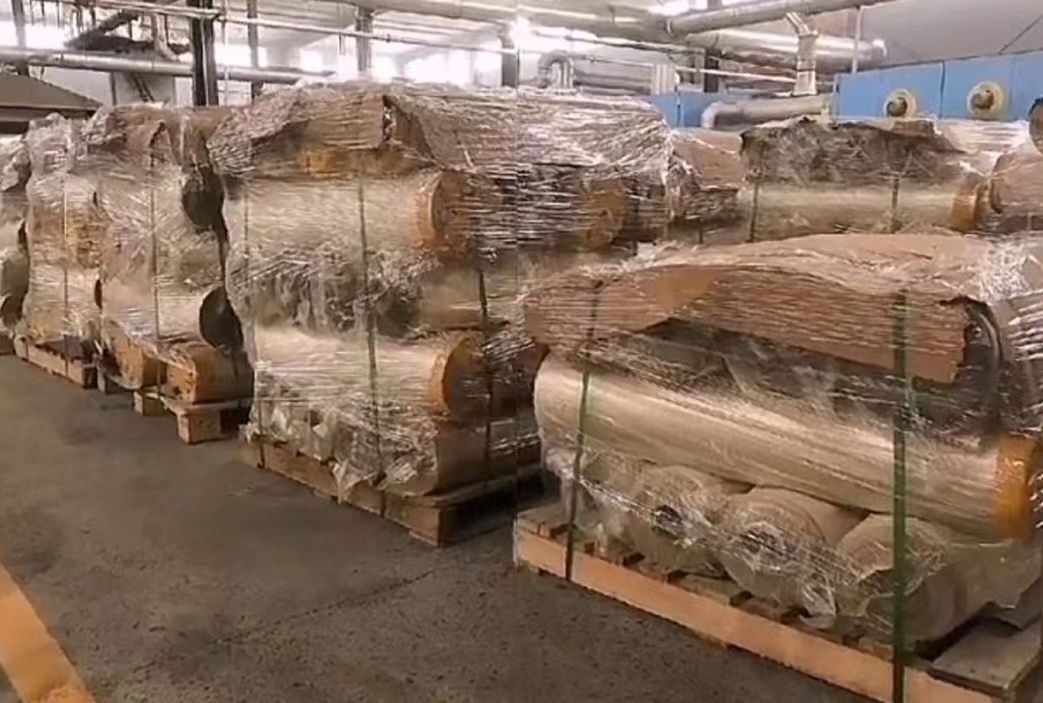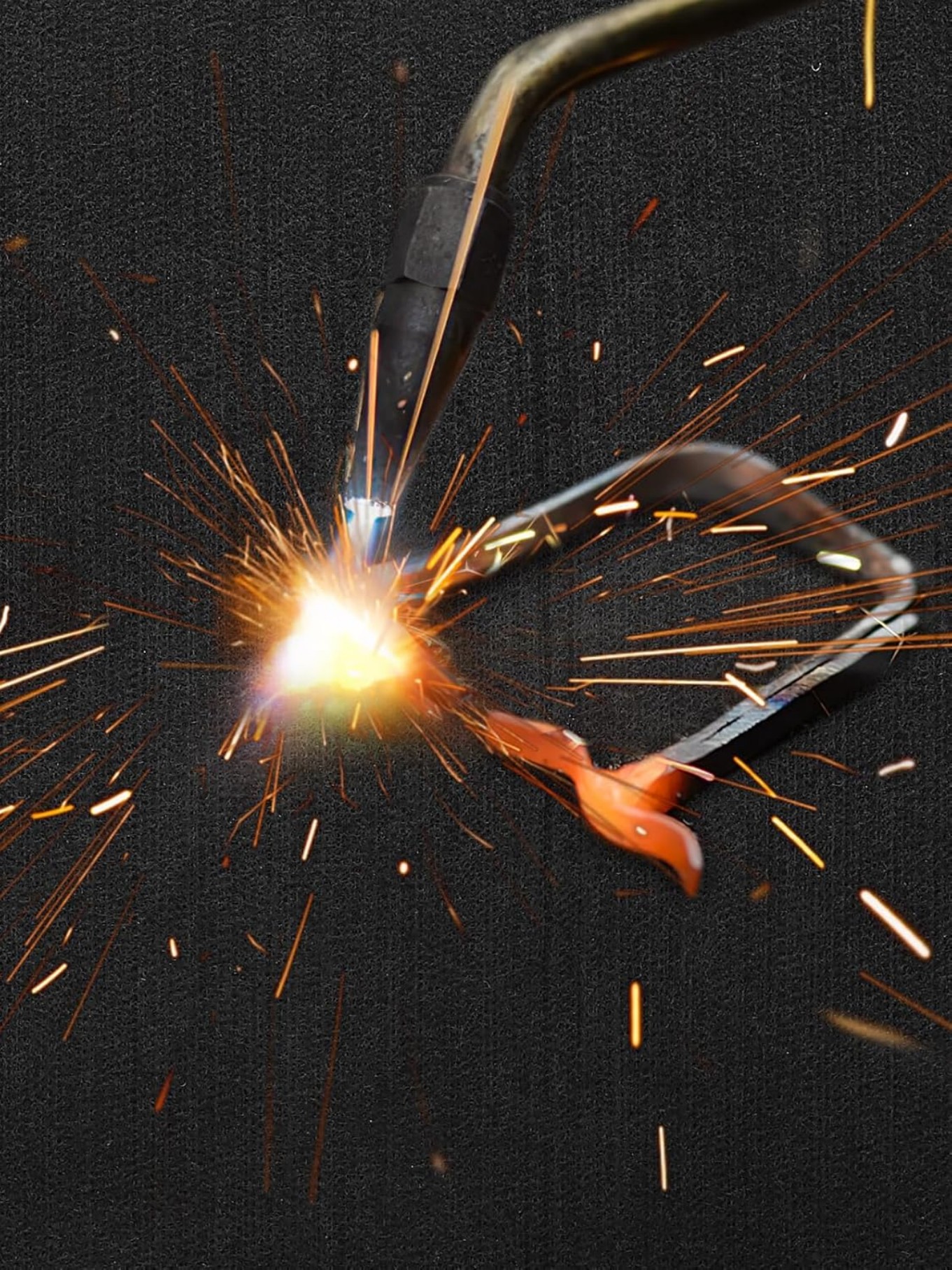Fire Blanket Guide: How Fire Suppression Blankets Work & When to Use
Summary:A fire blanket (fire suppression blanket) is a safety device for smothering small fires. This guide explains how they work, when to use them, proper techniques, and their advantages over extinguishers for certain fire types.
What Is a Fire Blanket (Fire Suppression Blanket)?
A fire blanket, also called a fire suppression blanket, is a sheet made from flame-resistant materials designed to extinguish small fires by cutting off oxygen supply. Typically constructed from fiberglass or wool with fire-retardant coatings, these blankets come in compact pouches for quick deployment.
How Does a Fire Blanket Work?
The fire suppression blanket works on a simple principle: it starves the fire of oxygen. When you place the blanket over flames, it creates a barrier that prevents air (containing oxygen) from reaching the fire. Without oxygen, the combustion process stops, and the fire dies out.
Key features of effective fire blankets:
- Withstand temperatures up to 900°F (482°C)
- Non-flammable material composition
- Quick-release packaging for emergency use
- Reusable in many cases (after inspection)
When Should You Use a Fire Suppression Blanket?
Fire blankets are ideal for specific situations where other extinguishing methods might be dangerous or ineffective:
- Kitchen fires:Especially grease fires (Class K) where water would spread flames
- Clothing fires:When someone's clothes catch fire (wrap the blanket around them)
- Small contained fires:In workshops, labs, or garages (under 3 feet in diameter)
- Electrical equipment fires:Where using water could cause electrocution
How to Properly Use a Fire Blanket
Using a fire suppression blanket correctly is crucial for effectiveness and safety:
- Pull the tabs to release the blanket from its container
- Hold the blanket by the protective flaps (never bare hands)
- Shield your hands and arms with the blanket's edges
- Place (don't throw) the blanket over the fire
- Leave it in place for at least 15 minutes to ensure the fire is out
- Turn off any heat source if safe to do so
Fire Blanket vs. Fire Extinguisher
While both are important safety tools, fire suppression blankets have distinct advantages in certain scenarios:
| Scenario | Fire Blanket | Fire Extinguisher |
|---|---|---|
| Grease fires | Better choice | Can spread grease |
| Clothing fires | Best option | Dangerous to use |
| Electrical fires | Safe option | Only CO2 type is safe |
Choosing the Right Fire Suppression Blanket
When selecting a fire blanket, consider these factors:
- Size:Standard sizes are 3'x3' to 6'x6' - larger blankets handle bigger fires
- Material:Fiberglass is most common; some have silicone coatings for durability
- Certifications:Look for NFPA, UL, or EN certifications
- Placement:Keep near potential fire sources (kitchens, workshops)
Maintenance and Care
To ensure your fire blanket remains effective:
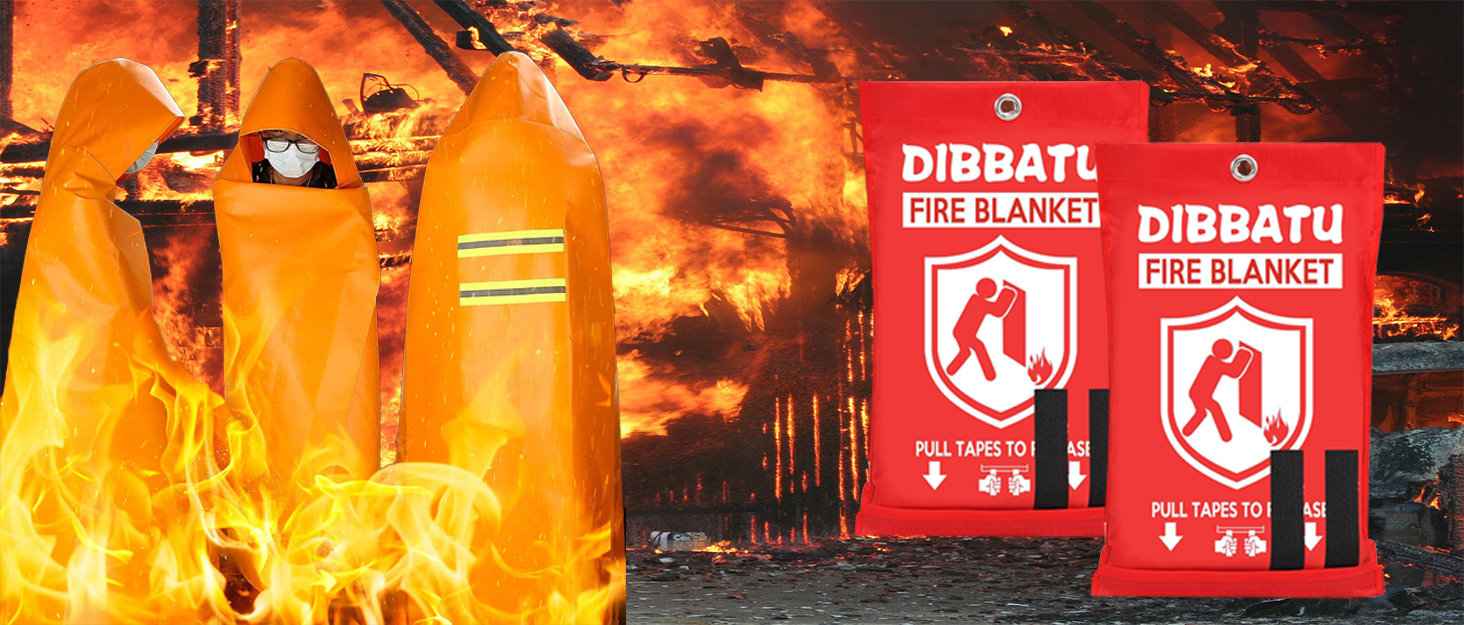
- Inspect monthly for damage or moisture
- Replace if the blanket shows signs of wear or contamination
- Store in an easily accessible location
- After use, have the blanket professionally inspected before reuse
Conclusion
A fire suppression blanket is an essential, often overlooked safety tool that can effectively handle small fires when used properly. Unlike extinguishers that require training and maintenance, fire blankets offer a simple, chemical-free solution for common household and workplace fires. Every kitchen, workshop, and laboratory should have at least one properly sized fire blanket accessible.


